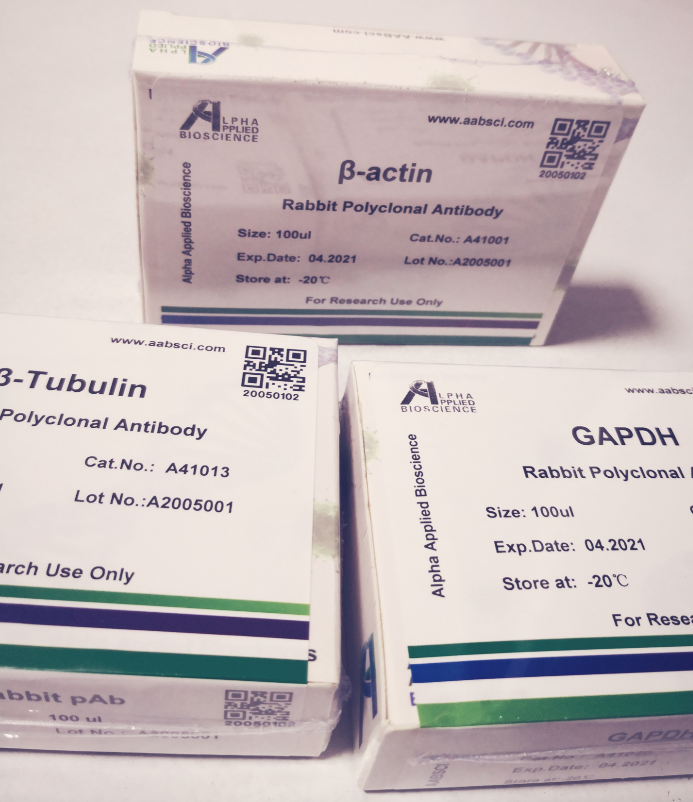

Product description
potassium voltage-gated channel subfamily Q member 2(KCNQ2) Homo sapiens The M channel is a slowly activating and deactivating potassium channel that plays a critical role in the regulation of neuronal excitability. The M channel is formed by the
Source
Rabbit
Applications
IHC,ELISA
Reactivity
Human,Mouse,Rat
Dilution
IHC: 1/100 - 1/300. ELISA: 1/10000. Not yet tested in other applications.
Storage
-20°C/1 year
Specificity
KCNQ2/3/4/5 Polyclonal Antibody detects endogenous levels of KCNQ2/3/4/5 protein.
Source/Purification
The antibody was affinity-purified from rabbit antiserum by affinity-chromatography using epitope-specific immunogen.
Immunogen
The antiserum was produced against synthesized peptide derived from human Kv7.3/KCNQ3. AA range:191-240
Uniprot No
O43526/O43525/P56696/Q9NR82
Alternative names
KCNQ2; Potassium voltage-gated channel subfamily KQT member 2; KQT-like 2; Neuroblastoma-specific potassium channel subunit alpha KvLQT2; Voltage-gated potassium channel subunit Kv7.2; KCNQ3; Potassium voltage-gated channel subfamily KQT me
Form
Liquid in PBS containing 50% glycerol, 0.5% BSA and 0.02% sodium azide.
Clonality
Polyclonal
Background
potassium voltage-gated channel subfamily Q member 2(KCNQ2) Homo sapiens The M channel is a slowly activating and deactivating potassium channel that plays a critical role in the regulation of neuronal excitability. The M channel is formed by the
Other
Gene_name: KCNQ2 ; Protein_name: Potassium voltage-gated channel subfamily KQT member 2; Expression: Brain,Eye,Fetal brain,Neuroblastoma,Temporal cortex
Mol.Wt (Da)
97 kD
Concentration
1 mg/ml
-

Promotion
-

Order
-

Online message
-

Help center
 400-8363-211
400-8363-211
 Login
Login

 DataSheet
DataSheet
